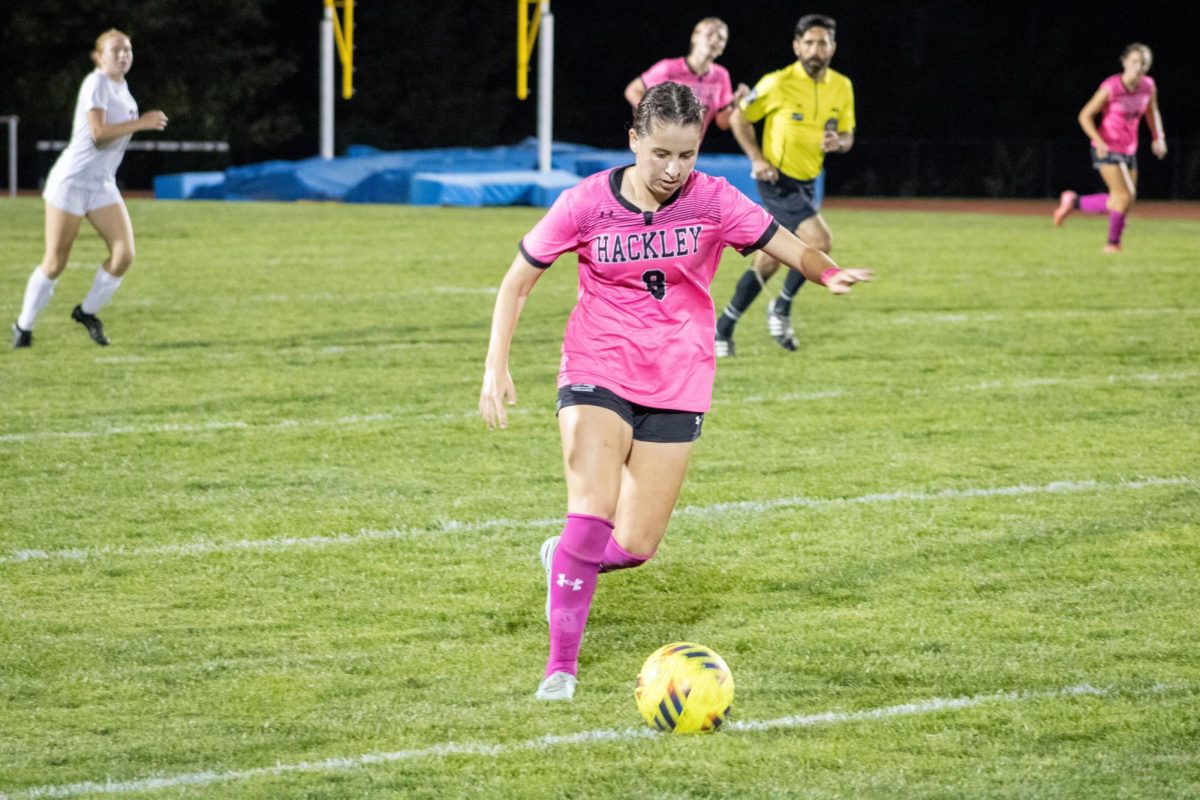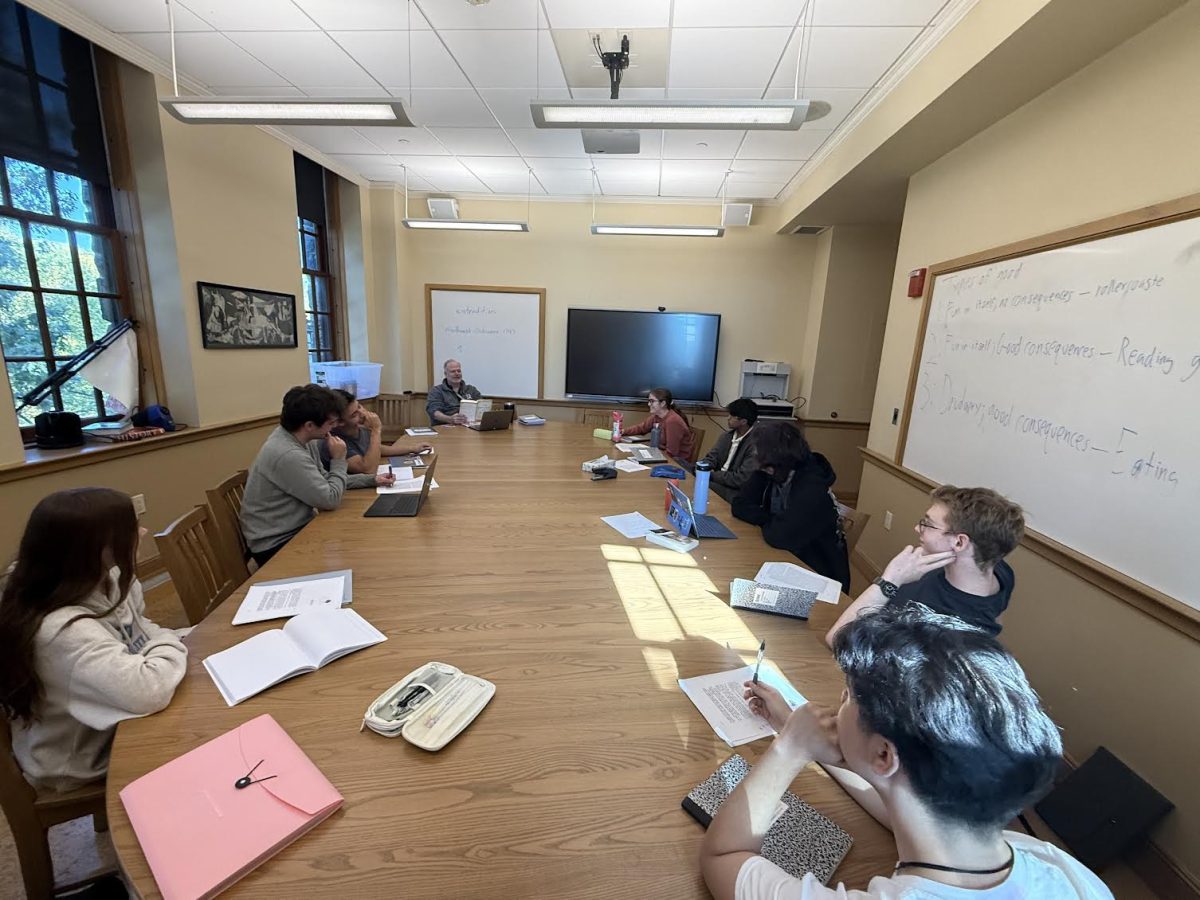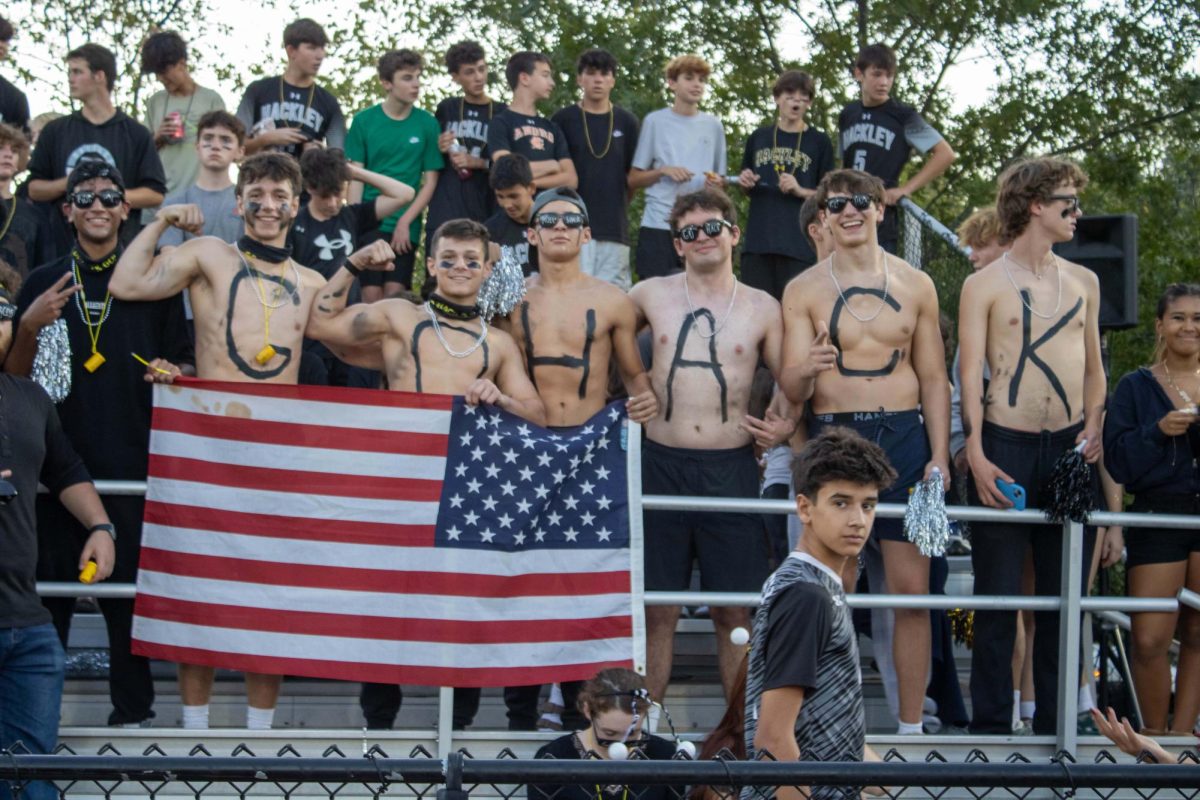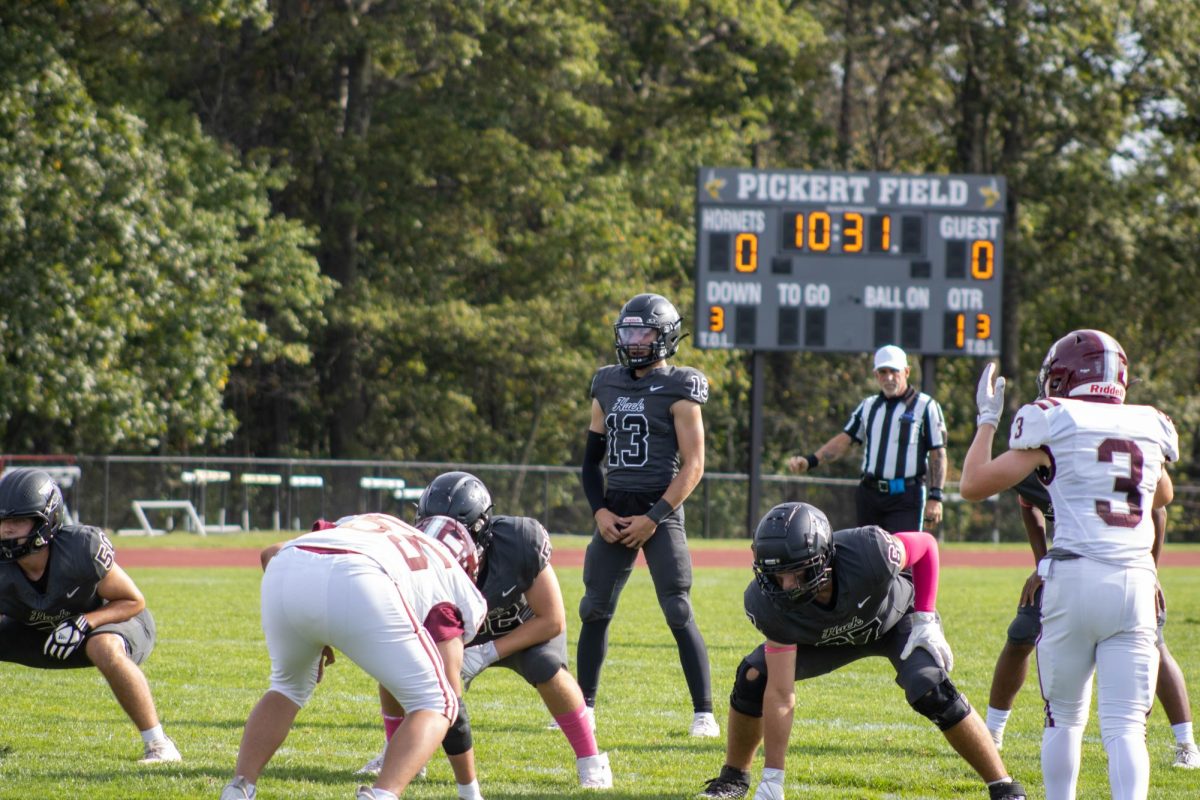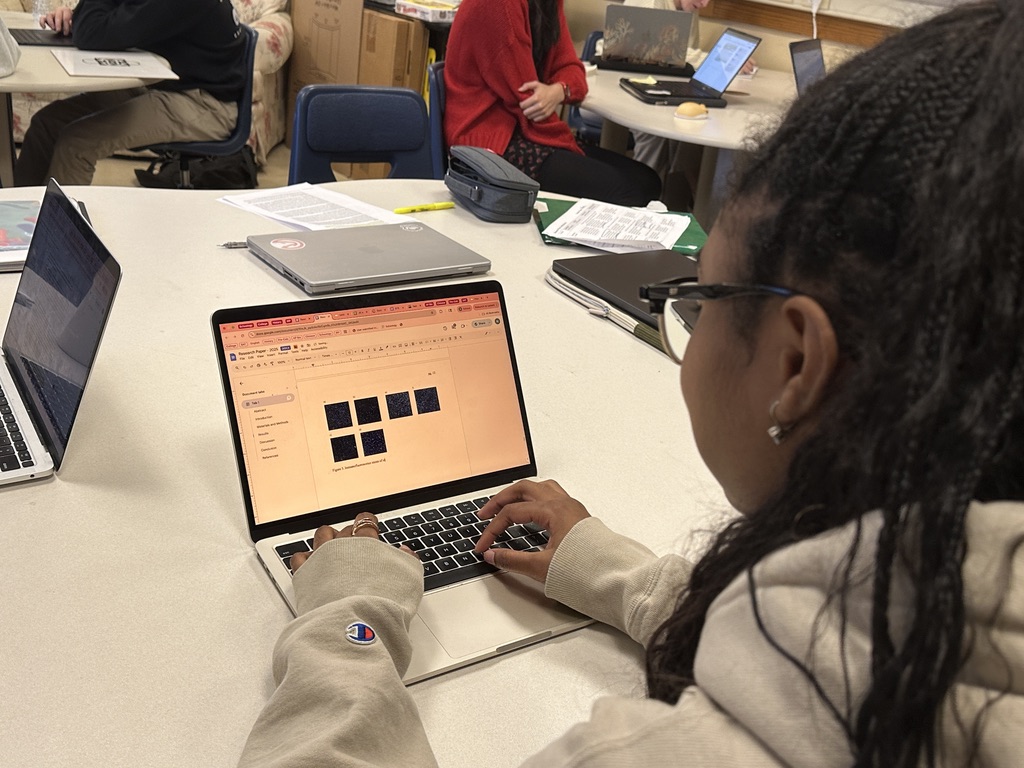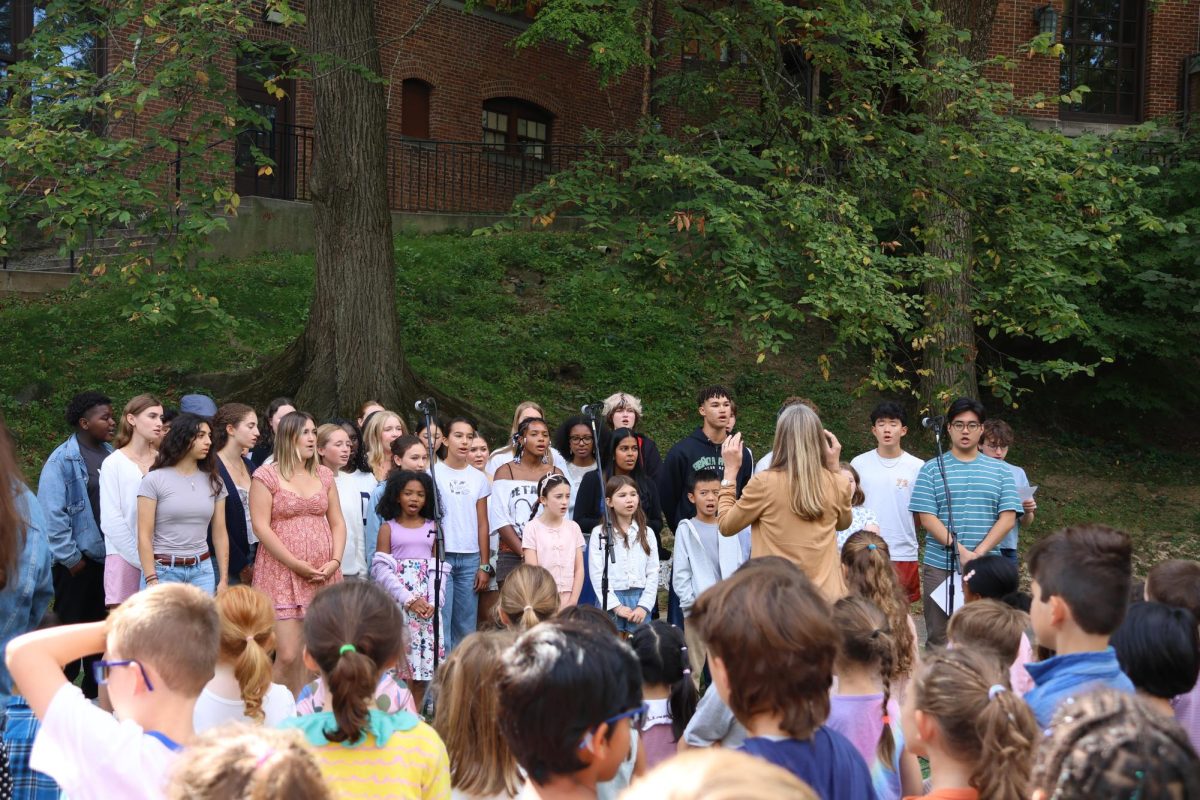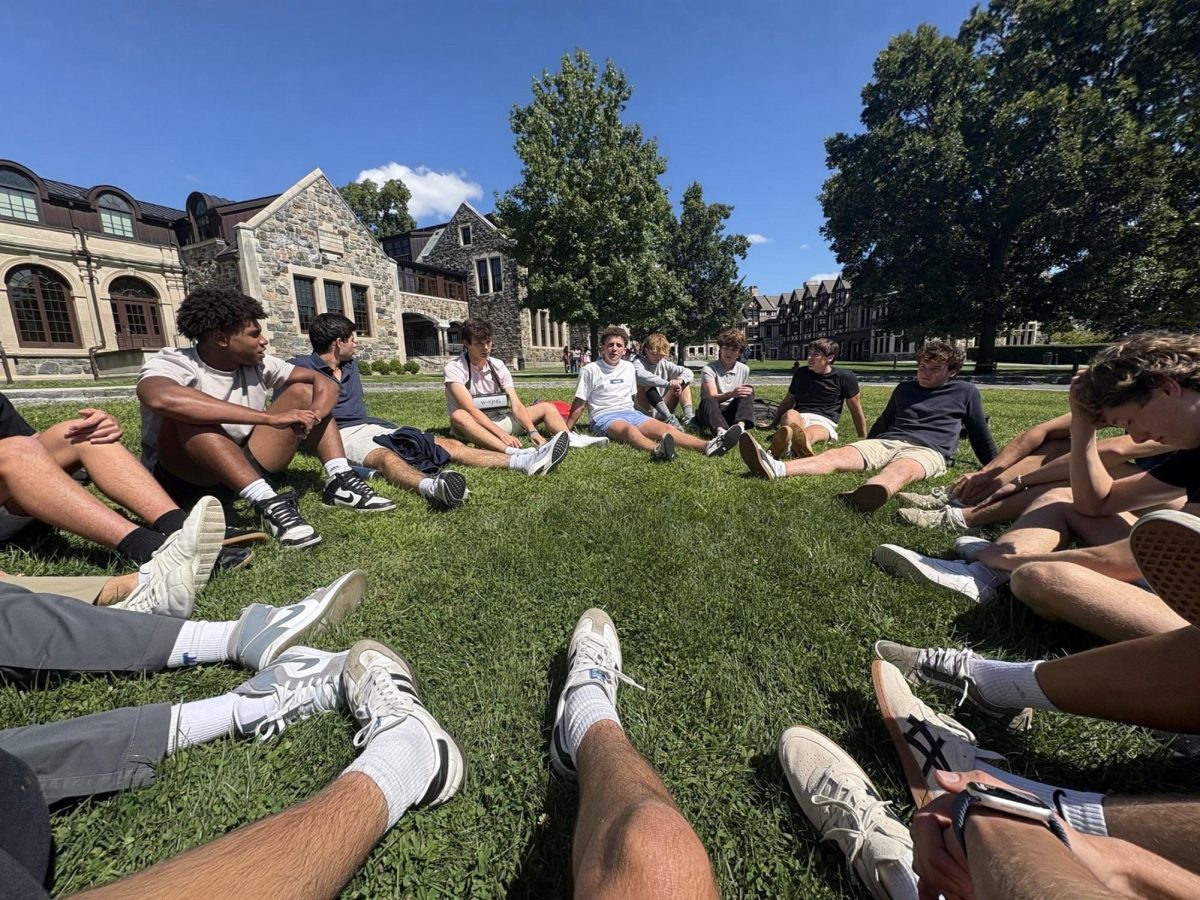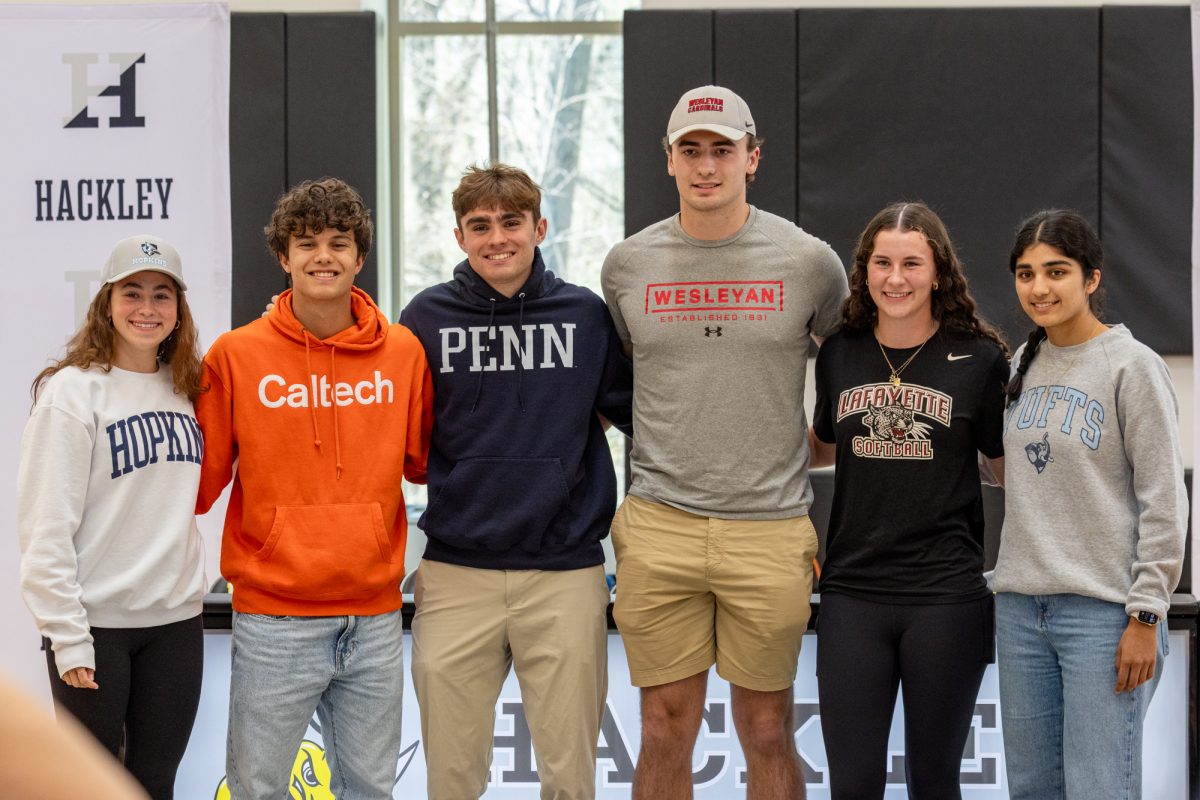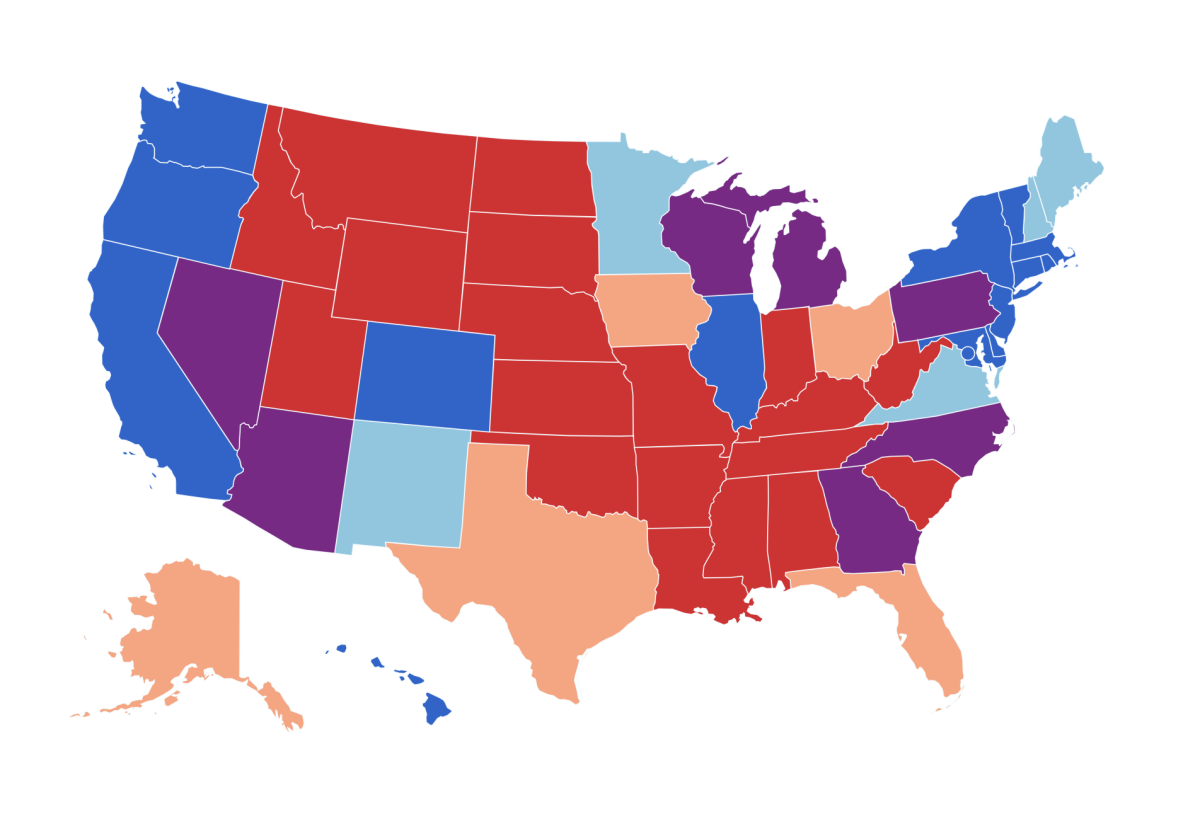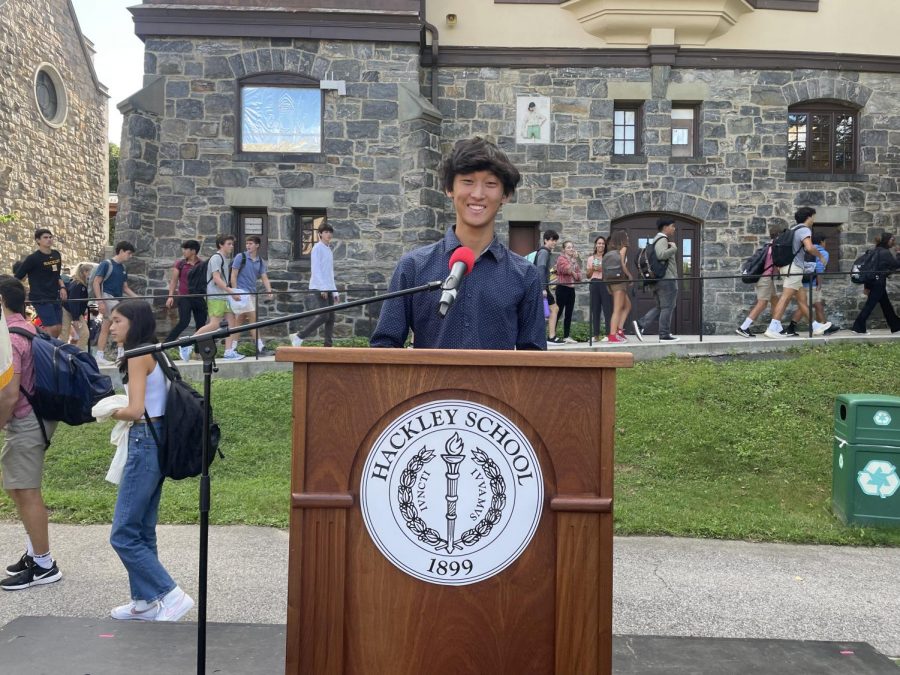What happens when Gen-Z TikTok users make seemingly silly edits of presidential candidates? Or when presidential campaigns follow social media trends to promote their policies or bash their opponent? Younger voters become more interested.
Just before President Joe Biden announced he would be leaving the 2024 presidential race, edits of Vice President Kamala Harris started surfacing on TikTok. These edits primarily stemmed from the “Coconut Tree” meme, when Harris, speaking at the White House Initiative on Advancing Educational Equity, Excellence, and Economic Opportunity for Hispanics in May 2023, quoted her mother.
Harris was speaking about centering the needs of the youth urging commissioners to account for the needs of the surrounding community. To further her point, she quoted one of her mother’s sayings: “She would give us a hard time sometimes, and she would say to us, ‘I don’t know what’s wrong with you young people. You think you just fell out of a coconut tree? You exist in the context of all in which you live and what came before you.’”
While the speech was longer, the short clip of Harris simply saying, “You think you just fell out of a coconut tree? You exist in the context of all in which you live and what came before you,” spread rapidly around social media. With this clip, TikTok and Instagram users began to make video edits of Harris to songs like “360” by Charli XCX.
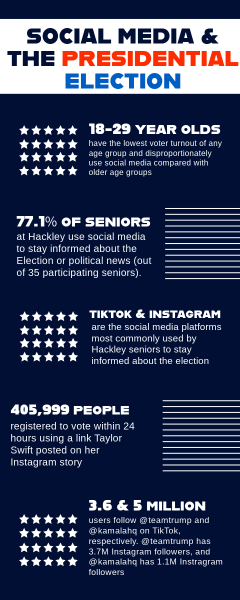
The song “360” is on Charli XCX’s album “Brat,” released in June 2024. Many declared the summer of 2024 “Brat Summer,” as hits from the album charted and were played constantly. Joining in on the memes, the day Biden dropped out of the race (July 21, 2024), Charli XCX posted “Kamala IS brat” [sic] on X, acknowledging her support for Harris. The song “Femininomenon,” whose lyrics celebrate women, by Chappell Roan was also widely used for these video edits, as users were excited about the possibility of a female president. Similar video edits have also been made in support of Former President Donald Trump on social media.
Senior Aran Basu will be able to vote in this election and primarily consumes political content on Instagram. Over the summer, like many people his age, he saw these memes and edits surfacing.
“I think [the video edits] might make younger people more aware of what’s going on just because they’re hearing a presidential candidate trying to fit in with their generation, which is something that younger people would be aware of, just because of the fact that people have TikTok and Instagram. It’s something that would stick in their mind. I’ve never necessarily seen it gain popularity for [Harris], though. When it’s external accounts, it’s kind of funny, like the coconut tree edits and the songs and stuff; those are really funny,” said Aran.
The Dial surveyed the senior class using a Google Form and received 35 responses. Of 33 students who had seen video edits or memes of either of the presidential candidates, Tiktok and Instagram were the most common platforms to see these, with 25 people seeing them on Instagram and 21 on TikTok.
“If certain candidates are speaking about certain policies or things they believe in that might be getting memed online, I usually do research on this to make sure I am not just taking the biased video as the whole truth and that I am placing the clips into context,” one senior said.
Harris’ various social media campaign accounts, Kamala HQ, began creating content to appeal specifically to Gen-Z users, and this strategy may have just worked. After Charli XCX’s tweet, Kamala HQ changed its Twitter banner to match the lime green of the album cover. Additionally, the Kamala HQ TikTok has consistently participated in trends, whether they direct jabs at Trump or use popular songs. Their TikTok has reached 4.6 million followers, with their Instagram having 1 million followers and X having 1.3 million followers. Social media creators were also invited to the Democratic National Convention (DNC). Nineteen-year-old Merrick Hanna has over 32 million followers and was invited and posted content at the DNC.
Trump’s social media campaign accounts also participate in social media trends and criticize Harris in their posts. Trump has had internet personalities like Bryce Hall, a popular TikTok creator, speak at his rallies. Similarly, Kid Rock, a country rock artist, performed at the Republican National Convention. Both parties are using the strategy of social media and celebrity endorsements to promote their campaigns.
Both History Department Chair Christopher Loomis and History and Government teacher Stephen Fitzpatrick said that the candidates are campaigning for a small number of voters on social media, like young people who have a typically low electoral turnout, as many people have already decided who they are going to vote for.
Additionally, election-related news can be easily accessed on social media through official accounts of news sources, like The New York Times, CNN, Fox News, and The Washington Post. Aran uses Instagram to consume the majority of his news, as news stories simply come up on his Instagram feed and he doesn’t have to go to the websites of the news sites. Occasionally, he will click on links in the bio of accounts if he is interested in learning more about the news story that was not included in the post.
“I feel like in terms of campaign information, I rely either on the campaign account or on actual news networks. I do watch The Daily Show, SNL, because, during election time, it’s pretty much all they’re covering, these comedy shows. I feel like most of them kind of just make fun of candidates; they do bring up a lot of issues,” said Aran.
Promoting on social media has become crucial this election, as younger voters do not usually consume traditional news and are often disproportionately on social media platforms TikTok, Instagram, Snapchat, and YouTube compared with older generations.
Misinformation and disinformation is super common on social media, especially as the polarization that exists between Democrats and Republicans increased, and people are sucked into a web of social media content that only provides or welcomes one perspective. For sites like Instagram and TikTok, there is an algorithm, so the content you see will be similar to the content you interact with (by either liking, commenting, or sharing). Even candidates and their campaigns can amplify false claims and disinformation; on his own social media platform, Truth Social, Trump has made false claims and promoted conspiracy theories about plots against him or the American people numerous times. Thus, it is crucial to do research and read a wide range of perspectives, because even statements made by presidential candidates, whether on social media or not, can be false or misleading.
“The question that I always encourage students to ask themselves when they’re consuming media, whether it’s a Tiktok, or whether it’s a New York Times story is how does this person know what they know? Right? Like, why? How are they in a position to be a credible authority on what they’re talking about? And I would say truly, I think that’s a tool that you can apply to different forms of media,” said Mr. Loomis.
Mr. Fitz has some recommendations on what people can do to stay informed.
“I look at Real Clear Politics every morning. It’s an aggregator that has a dozen headlines that they collate each morning. And the reason I like it is because they pick headlines from both sides, and it also will get you very familiar with which of the publications are more conservative-leaning and left-leaning. And you’ll see right there like you’ll just see the headlines, and you’ll see, oh, the conservative publication is covering this issue completely differently than the way the left-leaning media sources are. So I do think that sharpens your understanding even if you disagree. Like, obviously, if you lean one way or another, like, Oh, I agree with everything here, but let me see the way the other side covers it, because often there will be at least one or two pieces of information that you didn’t know about. Oh, I didn’t realize that that might make me think twice about this,” said Mr. Fitz.
While social media has had a large presence in Harris’ campaign strategy, Trump has been no stranger to it. On Truth Social, Trump tweeted various AI-generated images of “Swifties for Trump.” Trump also posted an AI-generated image on X of Harris speaking at a rally with a banner in the background resembling the flag of the Soviet Union, red with a hammer and sickle. One of Trump’s campaign strategies this election has been emphasizing the “radical” agenda of Harris, and he seems to be implying that she supports communism. Other AI-generated images that are not spread directly by any candidate or their campaign can also affect the beliefs of internet users.
“[AI is] a major issue. I don’t think it’s been as bad this election cycle as many people anticipated, but as AI becomes more and more prevalent and powerful, it will continue to be something that people need to look out for. And of course, if something goes viral before it’s been debunked, cat’s out of the bag. You know, millions of people will see that video, and some of them even, even if it’s like, oh no, that video is not real. A lot of people aren’t going to read that retraction. They’re still going to imagine that,” said Mr. Fitz.
Some students were also concerned about the rise of AI in campaigning.
“I feel like it’s just more polarizing. People who are really strong Trump supporters will probably be the ones to find those AI-generated images to be good, but I think those images just alienate because it’s so extreme. It’s so extreme to associate Kamala with communists, that it’s not actually going to be an effective campaign strategy because it’s not going to convince people who are on the fence. It just bolsters the extreme pack of people who are supporting him but not really anyone else,” said Aran.
Ironically, before the AI-generated images were shared online, Taylor Swift had not made any comments on the upcoming election, though she endorsed Joe Biden and Kamala Harris in 2020. Shortly after the presidential debate, Swift took to Instagram, announcing her support for Harris and her running mate, Tim Walz, denouncing these AI-generated images mentioning her fandom. Just 24 hours after her post, 405,999 people used her voter registration link to register to vote in the upcoming election, showing the impact that celebrities can have on the election.
Celebrities don’t sway everyone, though. “I feel like in terms of political landscape, [celebrities] are people just like us. I don’t think their opinion is much more important than ours, and it doesn’t necessarily show them the vote either, their vote is just as important as ours,” said Aran.
Trump has also been known for using unauthorized music at his rallies, one example being the use of “My Heart Will Go On” by Celine Dion. Her team issued a statement on social media sharing that the song was not authorized for use.
In addition to social media, both candidates have gone on podcasts in an attempt to reach voters who may shun traditional media. Like with social media, misinformation can be spread because most podcasters are not trained journalists and they may not be willing or able to fact-check the candidates or ask rigorous questions.
Harris recently went on the popular podcast “Call Her Daddy” hosted by Alex Cooper. Cooper also invited Trump to the podcast, but he either declined or did not respond to the invitation. As common topics that Cooper highlights in her podcast surround women, specifically their well-being, she primarily interviewed Harris about women’s rights in the country. Trump has also appeared on different podcasts, mainly those of larger male audiences. He appeared on Logan Paul’s Podcast, “Impaulsive” in June and on content creators the Nelk Boys’ Podcast, “Full Send,” in October. These two podcasts alone have received just short of 10 million views on YouTube. On Oct 25, Joe Rogan hosted Trump on his podcast, “The Joe Rogan Experience,” which has 41 million views as of Oct 31. As of March 2024, Rogan has the most popular podcast on Spotify with 14.5 million followers, “TED Talks Daily” taking second with 5 million, and “Call Her Daddy” taking third with 3.7 million. Rogan’s podcast also has 18 million subscribers on YouTube, surpassing other podcasts by far.
As Cooper claims she has a politically diverse audience, this episode is sure to bring some attention to issues like reproductive healthcare, which has been a popular issue this election, especially among younger voters. Although reactions to the podcast episode have been mixed, with some viewers claiming they will never listen to the podcast again, others have shown support.
So what effect does all of this have on the polls?
A poll conducted by The New York Times and Siena College from Oct 20 to 23 asked 2516 likely voters who they would vote for if the election were held today. Harris and Trump both had 48%, with an even margin of error.
It’s hard, however, to gauge the direct impact of social media on the polls or eventually the outcome of the election. “I’m sure there are studies that are analyzing [social media] trends, but they probably need another couple of election cycles before they can really draw some more definitive conclusions,” said Mr. Fitz.
While the campaign strategies of Harris and Trump might not be the deciding factor in the election, and while there are downsides, on the whole creating content targeted towards Gen-Z and following popular social media trends will positively impact Gen-Z’s engagement with the election, and may even sway their votes.


